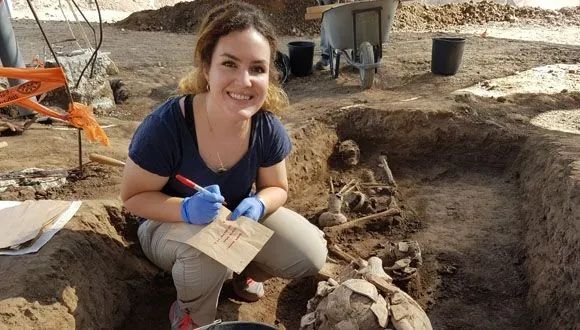
TAU research overturns myths about ancient copper pollution.
A new study from Tel Aviv University overturns prevailing scientific beliefs that King Solomon’s Mines not only harmed workers’ health in the ancient copper industry but also posed risks to the health of modern residents living near the site.
In the new study, researchers conducted geochemical surveys at copper production sites in the Timna Valley, dating back to the 10th century BCE and the era of the Biblical Kings David and Solomon. They found that the environmental pollution from copper production was minimal and spatially restricted, posing no danger to the region’s inhabitants in the past or today. Additionally, TAU’s archaeologists reviewed previous studies and found no evidence that the ancient copper industry polluted the planet.
The study was led by Prof. Erez Ben-Yosef, Dr. Omri Yagel, Willy Ondricek, and Dr. Aaron Greener from the Department of Archaeology and Ancient Near Eastern Cultures from The Lester & Sally Entin Faculty of Humanities at Tel Aviv University. The paper was published in the prestigious journal Scientific Reports by Nature.
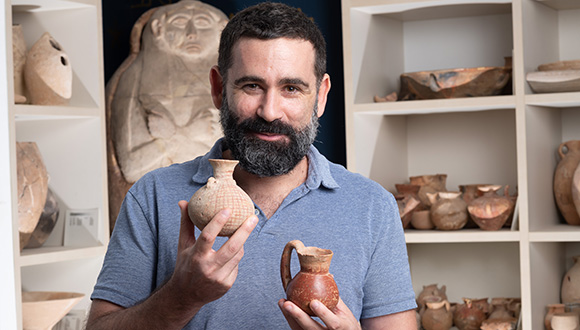
Prof. Erez Ben-Yosef.
Did Ancient Copper Mines Really Cause Pollution?
“We inspected two major copper production sites in the Timna Valley, one from the Iron Age and King Solomon’s era and another nearby that is about 1,500 years older”, says Prof. Erez Ben-Yosef. “Our study was extensive. We took hundreds of soil samples from both sites for chemical analyses, creating high-resolution maps of heavy metal presence in the region. We found that pollution levels at the Timna copper mining sites are extremely low and confined to the locations of the ancient smelting furnaces. For instance, the concentration of lead — the primary pollutant in metal industries — drops to less than 200 parts per million just a few meters from the furnace. By comparison, the U.S. Environmental Protection Agency defines industrial areas as safe for workers at 1,200 parts per million and residential areas as safe for children at 200 parts per million”.
The new study contradicts a series of papers published since the 1990s about pollution caused allegedly by the ancient copper industry. “We demonstrate that this is not true. Pollution in Timna is very restricted spatially, and only those working directly at the furnace likely suffered from inhaling toxic fumes, while just a short distance away, the soil is entirely safe. Moreover, the match we found between the spatial distribution of copper and lead concentrations in the soil further indicates that the metals are ‘trapped’ in slag and other industrial waste – which keeps them from leaching into the soil and affecting plants or humans. Our findings align with several recent studies from the Wadi Faynan region in Jordan, which also point to very low levels of pollution. Timna and Faynan are ideal sites for this type of research because they have not been disturbed by modern mining, as happened in Cyprus for example, and thanks to their dry climates the metals in the soil are not washed away. In Faynan, a team led by Prof. Yigal Erel of the Hebrew University examined 36 skeletons of people who lived at the mining site during the Iron Age, and only three showed any trace of pollution in their teeth. The rest were completely clean. We now present a similar picture for Timna”. In addition to the geochemical survey, the TAU archaeologists also conducted a comprehensive review of existing literature, pointing out that hypotheses about global pollution during the pre-Roman period lack solid evidence.
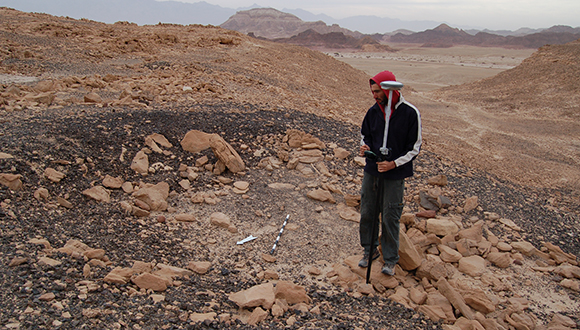
Dr. Omri Yagel recording the precise sampling location.
Clearing the Record: Not What We Thought
“There was a trend in the 1990s, which presented ancient copper production as the first instance of industrial pollution”, explains Dr. Omri Yagel, a leading researcher in the current study. “Such statements grab headlines and attract research grants, but they unnecessarily project modern pollution problems onto the past. Moreover, the research literature tends to use the term ‘pollution’ to describe any trace of ancient metallurgical activity, and this has led to the mistaken assumption that metal industries were harmful to humans from their earliest beginnings — which is patently untrue. Even when metal production was large-scale, becoming integral to human civilization, it was the toxic lead industry that caused global pollution, not necessarily other metals. A 1990s study argued that traces of copper found in Greenland ice cores had traveled through the atmosphere from sites like Timna. This claim, however, has not been corroborated by any subsequent study. As modern researchers grappling with the consequences of climate change, we have an inherent tendency to seek similar shifts in the past, but we must be careful. We may call a few pieces of slag lying on the ground ‘pollution’, but we should not confuse this local waste with regional or global environmental pollution”.
Related posts

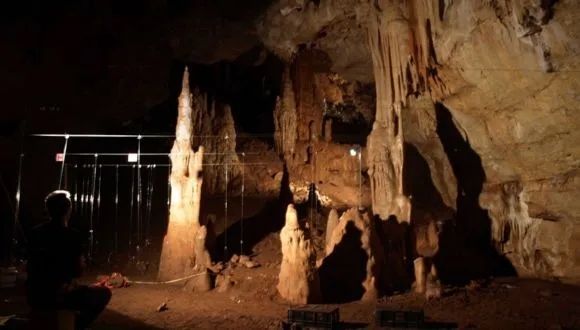
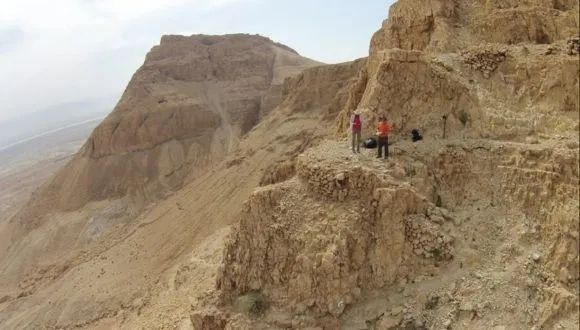

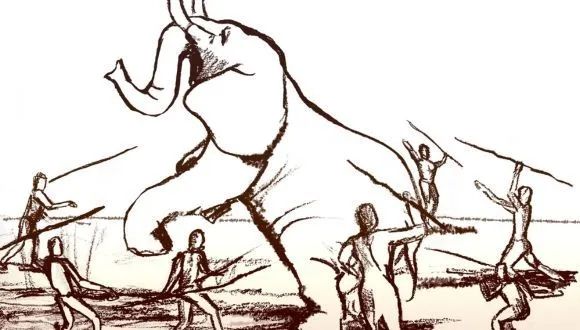
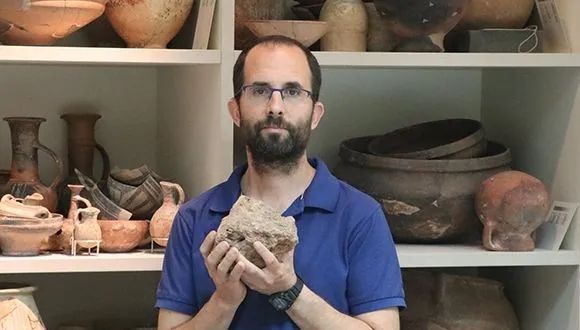




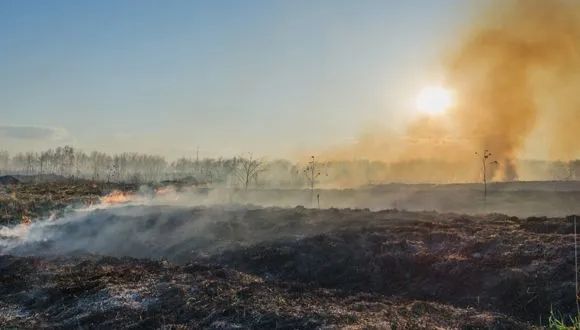
Our Ancestors Irreparably Damaged the Timna Valley Environment 3000 Years Ago
